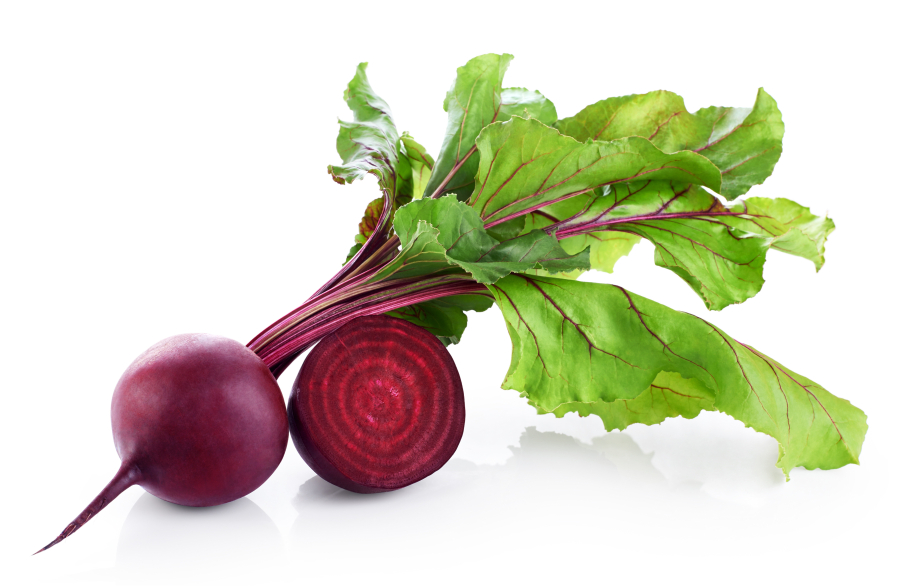To beet or not to beet. … Oh wait, that’s another story. Seriously, do you like beets? If you do, fantastic — wonderful — yeah! If you don’t, there is a logical and scientific explanation.
Beets contain a substance called geosmin, which is responsible for that fresh soil scent in your garden following a spring rain or just an overall “earthy” taste and smell. Humans are quite sensitive to geosmin, even in very low doses, which explains why our response to liking beets ranges from enthusiastically loving them to pieces or emphatically loathing them. Blame it on the geosmin, but let’s give beets another chance; their history is deliciously fascinating.
There are four main cultivar groups: the garden beet, whose root and leaves are eaten as a vegetable; the sugar producing sugar beet; the Mangelwurzel, which is easily stored and used as feed for livestock; and Swiss chard, which is cultivated for its edible leaves.
Beets’ value grew in the 19th century when it was discovered that they were a concentrated source of sugar; the first sugar factory was built in Poland. When access to sugar cane was restricted by the British, Napoleon decreed that the beet be used as the primary source of sugar and propelled its popularity. Around this time, beets were also first brought to the United States, where they now flourish. About 30 percent of the world’s sugar production comes from sugar beets.



